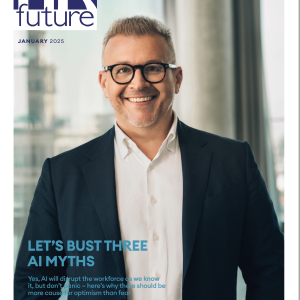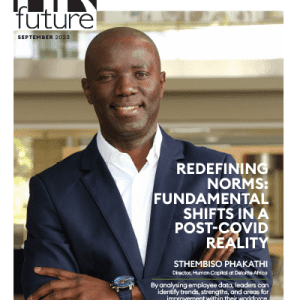With ever-changing expectations of consumers across a global market, private and public agencies, businesses, and groups are finding more and more value in strategically approaching organisational design.
The careful evaluation of how an organisation operates in order to best align with an overall mission and goals results in more positive outcomes for people, systems, and the incorporation of technology.
People and roles
Most business experts agree that the way to be able to predict success in an organisation is to have the right people in the right positions. The development and re-evaluation of existing organisational charts is a key part of the initial designing or re-structuring of a company, business, or other group. Processes from what interview questions to ask new candidates to evaluation of existing employees are carefully examined when looking at the people of an organisation. This leads directly into what roles each person should play in operations based on expertise and ability.
Every employee has strengths that can be useful for leading a company or organisation to a level of success. Most often, those strengths should be recognized, in some cases shifting roles and re-formatting the reporting structure of an organisation. From the president’s office to the first level manager to a shift supervisor, each person who holds authority within a company is evaluated for strengths and weaknesses to determine if each person’s position is ideal for maximizing positive overall results, including the location of an employee in the global workplace.
Systems and processes
An organisation designer will also carefully consider the ways in which workflow is implemented. Consideration is given not only to the processes that are completed during a work day, but evaluation of the ways in which those processes are completed is also a top priority when an organisation is looking at the design of the firm overall. Understanding the efficiency of all programs, automated and manual, is often the start of analyzing how to better improve outcomes through the re-development of systems.
Accountability is an additional factor often included when systems and processes are examined in the design of an organisation and its structure. In order for processes to run smoothly, some level of autonomy and clear standards, expectations, and flow of information must be identified in the design process.
Technology and equipment
As technology continues to become essential in all areas, the ability to incorporate and integrate the right technology into organisational structure is also a top priority. In the design of an organisation, which software, hardware, and other equipment are being used are a central focus. More on the connection between organisational design and technology can be reviewed here.
Putting it all together
Ultimately, a successful structuring of a company or other organisation increases profits, employee and consumer satisfaction, and workflow optimisation. After each area of an organisation has been evaluated, analyzed, and developed, completion of organisation design requires for implementation of any of the new policies identified in the process.
Starting from the top or working through an organisation’s structure from the bottom up can help for analysts, project managers, and executives to identify a number of areas of improvement. After evaluating and considering options, stakeholders are able to make recommendations and create implementation plans through organisational design.
This article appeared on humanresourcesmba.net.













